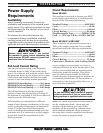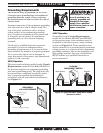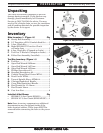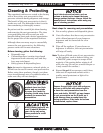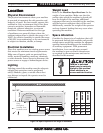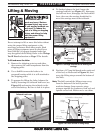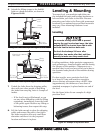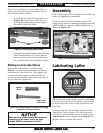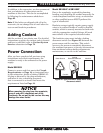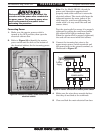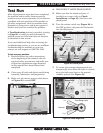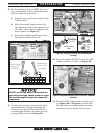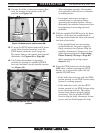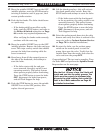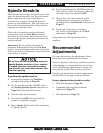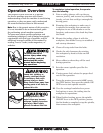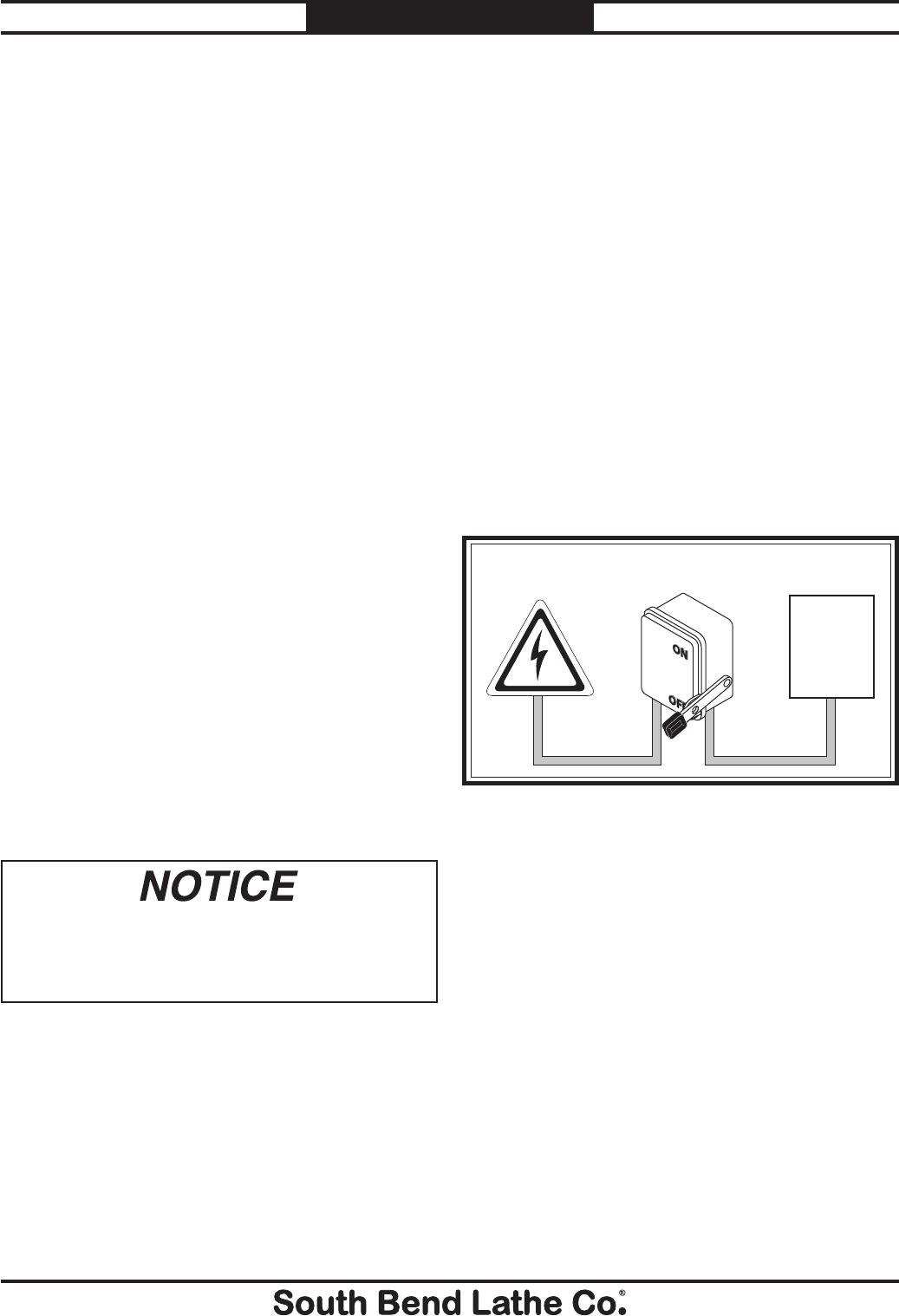
-26-
For Machines Mfg. Since 3/11
16-Speed Gearhead Lathe
PREPARATION
In addition to the reservoirs, we also recommend
that you lubricate all other points on the
machine at this time. This can be accomplished
by following the maintenance schedule on
Page 65.
Note: If this lathe was shipped with oil in the
reservoirs, do not change that oil until after the
test run and break-in procedures.
Power Connection
Adding Coolant
Add the coolant of your choice now. For detailed
instructions on where the coolant tank is located
and how to add fluid, refer to Coolant System
Service subsection on Page 72.
After you have completed all previous setup
instructions and circuit requirements, the
machine is ready to be connected to the power
supply.
Model SB1053
Connect a power cord that meets the Circuit
Requirements on Page 18, as instructed later
in this subsection. Attach a locking NEMA L15-
30 plug as directed by the plug manufacture,
and insert it into a matching receptacle
that is connected to a circuit that meets the
requirements listed on Page 18.
When removing the plug from the receptacle,
grasp it and pull it completely out of the
receptacle. Do not pull by the cord as this may
damage the wires inside.
Power Source
Locking
Disconnect Switch
Machine
Conduit Conduit
Figure 25. Typical hardwire setup with a locking
disconnect switch.
Model SB1054F & SB1055F
Due to the complexity required for planning,
bending, and installing the conduit necessary for
a code-compliant hardwire setup, an electrician
or other qualified person MUST perform this
type of installation.
Hardwire setups typically require power supply
wires to be enclosed inside of a solid or flexible
conduit, which is securely mounted at both ends
with the appropriate conduit fittings. All work
must adhere to the required electrical codes.
The hardwire setup must include a locking
disconnect switch (see Figure 25) between the
power source and the machine. This switch
serves as the means to completely disconnect
the machine from power to prevent electrocution
from accidental startup during adjustments,
maintenance, or service to the machine.



